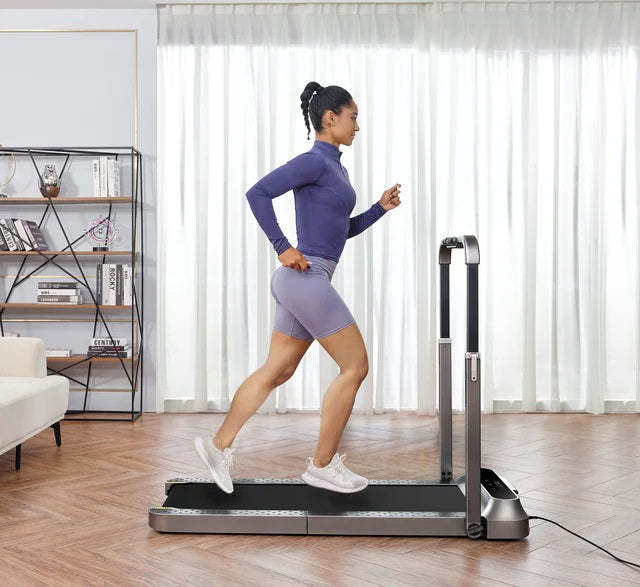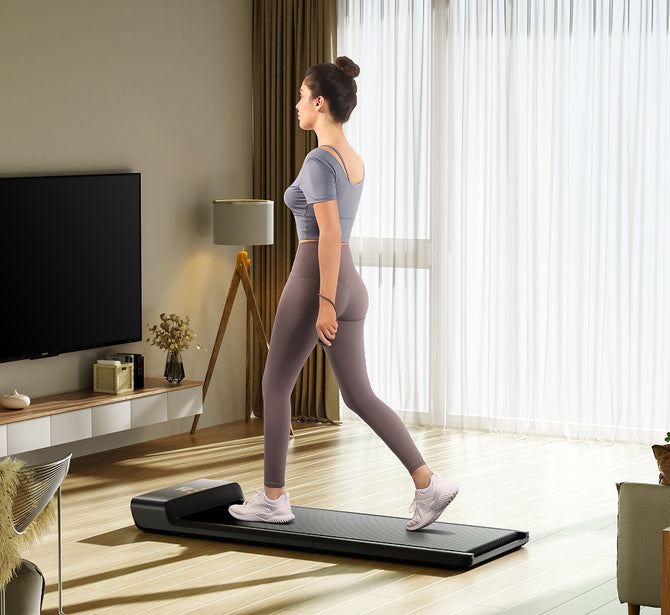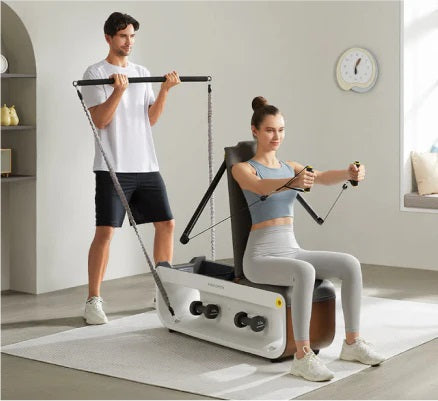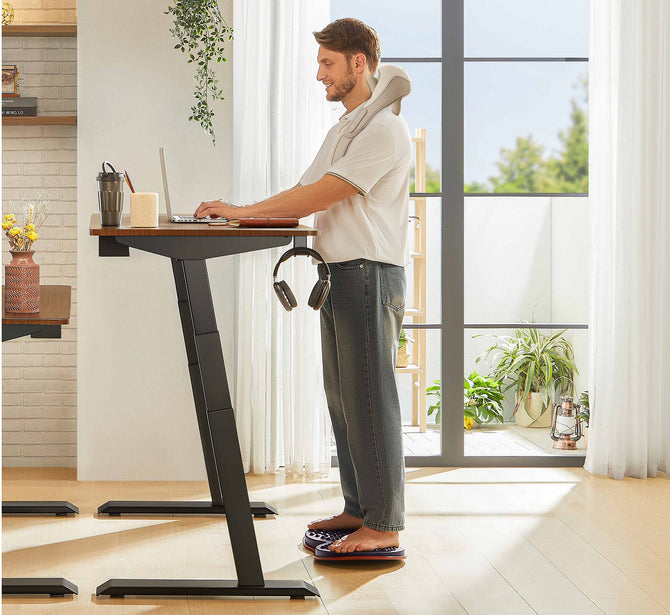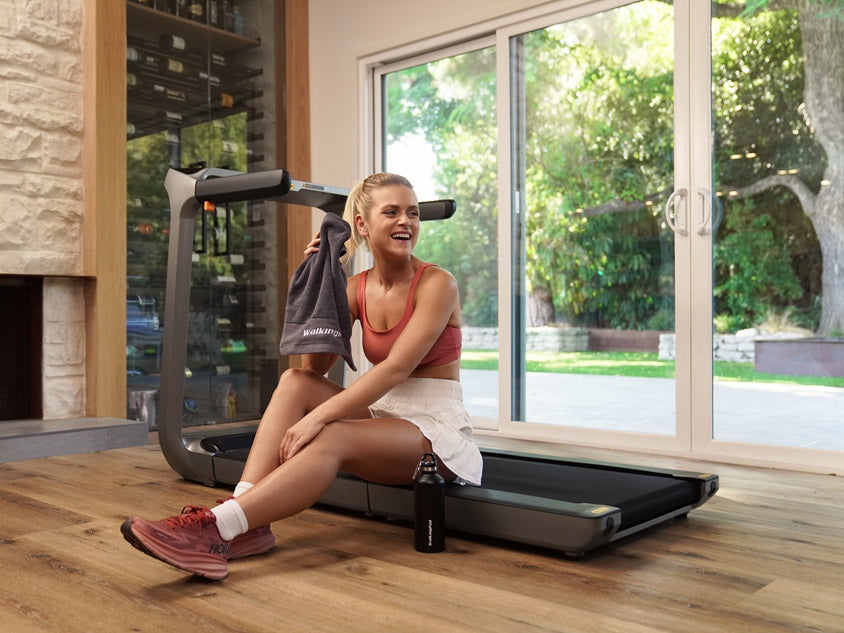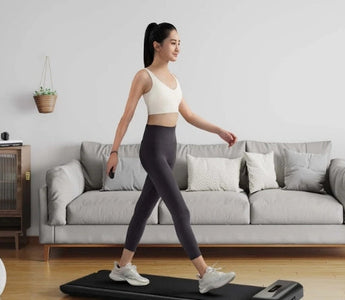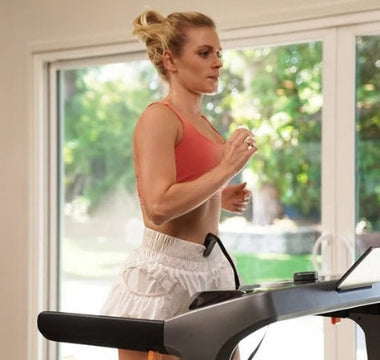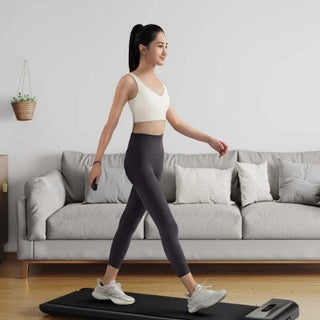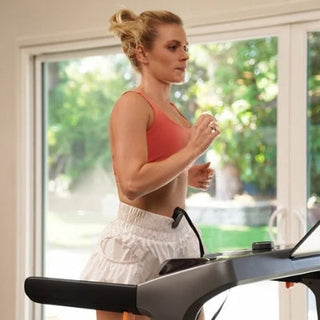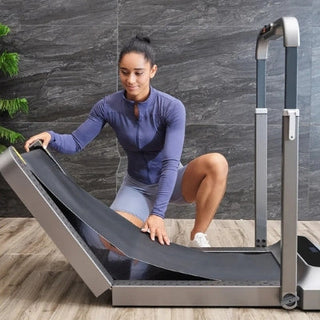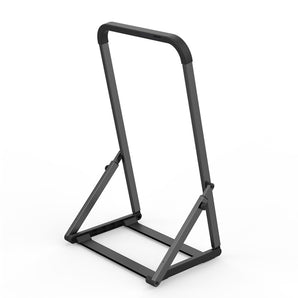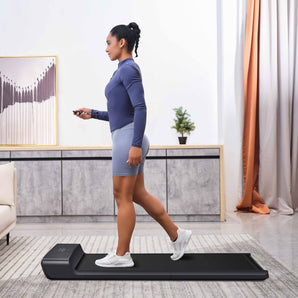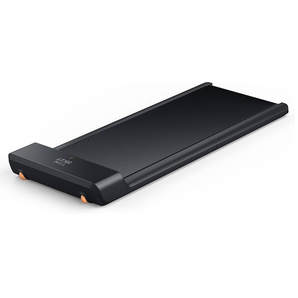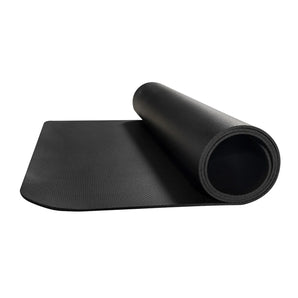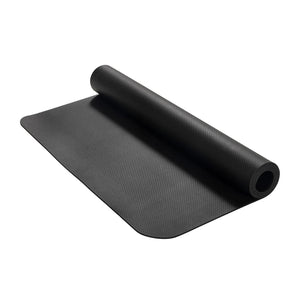Walking is one of the most accessible ways to keep your body moving while strengthening your muscles. It may seem like a simple activity, but during walking you work on many different muscle groups at the same time.
Every step you take contributes to strengthening your muscles, improving your posture and stimulating your metabolism. By walking regularly you not only build endurance, but also keep your body flexible and strong, without it feeling heavy like an intensive workout.
The power of walking
The power of walking lies in its simplicity and continuity. It's a natural movement that puts little strain on your joints, but does provide active stimulation of the muscles in your legs, core and arms.
Moreover, walking helps keep your heart rate at a healthy level, improving your endurance and blood circulation. It also promotes your balance, coordination and even your mental wellbeing, as walking reduces stress and helps you relax.
These muscles you train by walking
Walking is an accessible and effective way to train your whole body. It not only strengthens your leg muscles, but also your core, back and arms. By walking regularly you improve your posture, stability and endurance. Below you'll read which muscle groups actively work together during walking.
Leg muscles
With every step, your quadriceps, hamstrings, calves and glutes work together. The quadriceps extend your knee, while the hamstrings bend the leg backward. Your calf muscles absorb your body weight and provide push-off power, while your glutes support stability and good walking posture.
Core muscles
Your abdominal and deeper core muscles keep your body stable and balanced. Especially during brisk walking or using a treadmill, these muscles are extra activated. A strong core prevents back problems and promotes upright, healthy posture.
Lower back muscles
The lower back muscles support your spine together with the abdominal muscles. Every step provides slight movement and strengthening, which helps prevent back pain and ensures a flexible, stable back.
Arm muscles
By moving your arms rhythmically you train biceps, triceps and shoulders. This improves balance and increases energy expenditure. On a treadmill you can enhance this effect through a steady pace and conscious arm movements, for a more complete full-body workout.
Walking with maximum efficiency
To get the most out of your walking training, technique is more important than speed. Keep your back straight, pull your shoulders slightly back and tighten your abdominal muscles to activate your core. Ensure a natural stride length and roll your feet properly from heel to toe.
By regularly varying your pace or walking slight inclines, you stimulate different muscle groups and improve your endurance. Shorter, intensive sessions are also effective, especially if you have little time but still want to stay active. Efficient walking doesn't mean running harder, but moving smarter.
Make walking a daily habit
Daily walking has countless benefits for your health. It strengthens your muscles, improves your fitness, helps with weight management and reduces stress. However, it can sometimes be difficult to go outside every day, for example due to bad weather or a busy schedule. In that case, a treadmill is the ideal solution.
With a compact and foldable treadmill from WalkingPad you can easily keep moving from home or even while working. This way you can get your daily steps while watching your favorite series or sitting at your desk.
By making walking a fixed part of your day, you keep your body strong, your mind sharp and stay fit in a comfortable way, wherever you are. It's even possible to lose weight with a treadmill. Want to know how? Read our article about losing weight with a treadmill for tips, schedules and more!
